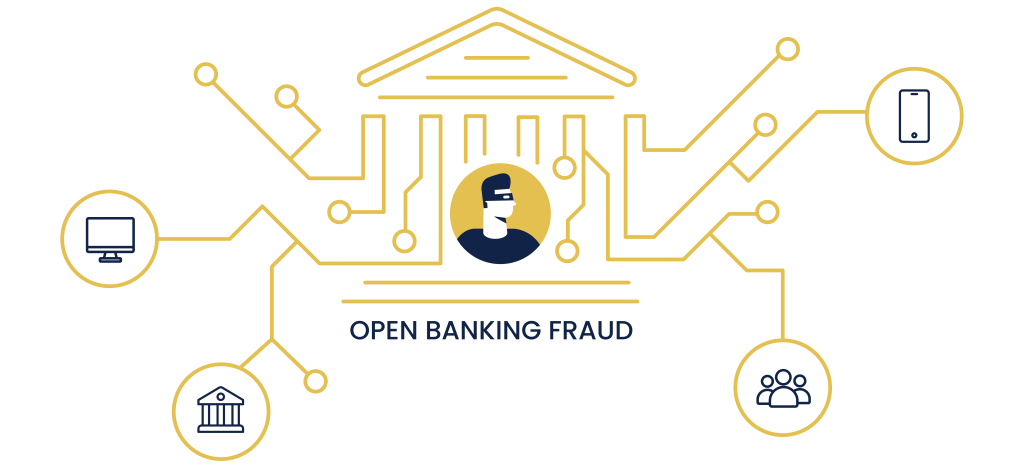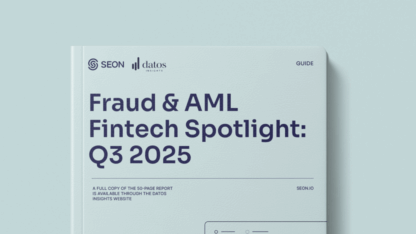Fintechs and neobanks benefit greatly from the API ecosystem. But there are also open banking fraud risks involved. Let’s see how that may impact risk operations at your organization.
What Are the Uses of Open Banking?
Open banking is designed to create a bridge between people’s financial information and third-party services. It is a solution to the historic monopoly of banks regarding customer data. The EU (and now an increasing number of regulatory bodies) created open banking so that more third-party financial companies can offer their services to banking customers.
While the UK has taken the lead in open banking initiatives, other countries are following suit.
The Payment Services Directive (PSD2) and General Data Protection Regulation (GDPR), are driving Europe towards an open banking standard. The US, LatAm, and Asia are also toying with their own versions.
According to Payper’s Open Banking Report, 87% of all analyzed countries surveyed said they had open banking initiatives in readiness.
What Are the Benefits of Open Banking?
Open Banking is a user-centric process. It allows customers to access a wider range of financial products and services that are tailored to their needs, by breaking up the monopoly of banks. It can reduce the need for KYC checks each time you purchase a financial product (mortgage, loan, credit card, etc). You can also gain access to more products and services.
For fintech companies, open banking makes it easier to target customers who would have otherwise been tethered to a bank’s financial services. Banks and traditional financial institutions can partner with agile startups that can provide more interesting features to their pre-existing customers.
By allowing customers’ financial and personal information to be shared, you drastically improve the user experience. You avoid redundant KYC checks and speed up access to financial services.
Modern banks, especially challenger banks and neobanks who deliver value for the on-demand generation, have built entire business models on a frictionless experience.
Examples of Open Banking
Open banking enables a variety of products and services related to:

Digital Identity
Identity networks and hubs connect retail and banking by proving people’s identity. In short, they leverage Know Your Customer and Customer Due Diligence processes that banks already performed to demonstrate that the user’s identity is valid. Third-party services also aim to decouple KYC from financial information, so that ID data is kept secure elsewhere.

Finance Management
A growing number of services offer bank account aggregators, that let customers control all their accounts from one app dashboard only.

Product Matching
From mortgages to loans and even overdrafts, there is no shortage of new apps that take advantage of open banking APIs to offer tailored products to customers.
What Is Open Banking Fraud?
Open banking fraud sees bad agents take advantage of open banking to exploit financial products, services, and customer information. It is growing at an alarming rate, simply by virtue of introducing new points of failure between financial organizations and users. Fraudsters are also adept at exploiting new technologies, which open banking meets the definition for.

The Risks of Open Banking Fraud
Sadly, open banking risk may sometimes overshadow its benefits. The technology may also put organizations at risk. This is due to several factors.
Larger Ecosystem = More Risk
An open banking ecosystem may include various players such as data providers, third-party providers, customers, regulators, and government agencies. That’s a lot of potential points of failure for data security, and fraudsters are adept at targeting the weakest link in a chain.
Account Takeovers Bring Higher Rewards
As we know, accessing banking information is the holy grail for fraudsters. And they are adept at mining every account they infiltrate for personal information as well as currency, reward points, or crypto.
In the context of ATO fraud, the problem of linked accounts via open banking is evident: losing control of one account could mean losing much more for customers. Their ID documents or card numbers could end up on the dark web, where they will fuel synthetic identity fraud transactions.
One Bad Apple Spoils the Lot
If all these services are connected by one technology (the API), you’re essentially at the mercy of the initial KYC check. What happens when fraudsters have successfully bypassed it? You have an infiltrator who can open neobank accounts, apply for loans, take out a mortgage, and essentially scam every partner involved.
The problem is exacerbated when it comes to AML compliance. If one money launderer manages to enter through the front door for one fraudulent transaction, who gets blamed by the government bodies? That is to say: who will pay the massive financial crime fines that inevitably result from failing to meet AML in banking requirements?
Single Point of Attack
Even if banks’ security is watertight, what happens when every interconnected service offers the same single point of attack? Security and data protection hygiene are increasingly important in the API economy. Open banking fraud would give hackers and fraudsters a potentially higher reward.
Information and Security Asymmetry
Last but not least, there is something to be said for the false sense of security that open banking APIs may create. It’s not unlike a digital version of the bystander effect, where organizations are less likely to verify data when they trust it comes from a reliable source.
This is something fraudsters may exploit to their advantage. Once again, the weakest link in the chain of the open banking system may be targeted with the bare minimum of personal information to pass a KYC check. If you fail to double down on the verification, you are likely to open a backdoor into your platform for criminals.
How to Prevent Open Banking Risks
Open banking risk can be anticipated and prevented using the following methods:
- Secure your data at all stages: The more data gets shared, the more point of failures are introduces. It’s of the utmost importance that you ensure you follow the best data protection guidelines, going above what’s necessary to meet compliance requirements.
- Verify IDs in more ways than one: ID proofing, or identity verification in open banking, is becoming the battleground where companies win or lose the fight against fraudsters and cybercriminals. You should implement as many security measures as you feel comfortable with, such as biometrics identification, 2FA, and digital footprint analysis.
- Vet companies your customers rely on: Are customers signing up to new BNPL services by the day? Taking out loans with fast loan providers? You could do worse than to perform due diligence checks on these third-party services.
Takeaways
Open banking is a response to customer demand for more choice and a better, frictionless user experience. By sharing data via APIs, fintech companies, third-party service providers, neobanks, and challenger banks can offer personalized products.
The key, however, is that customers need to have trust in these organizations and in the security of their data ecosystems. And there is no surer way to lose trust than to allow one bad agent into your ecosystem, especially if they can then exploit the whole lot with one attack only.
We believe that open banking risk and open banking fraud can only be reduced if every organization takes the financial risk management, the risk assessment and fraud detection into their own hands.
Open Banking Fraud FAQ
No. Open banking is a legitimate process that enables customers’ financial information to be accessed by third-party companies.
Open banking adds more points of failure where customer data can be stolen. The more data is shared between third-party companies and financial institutions, the more risk there is that the data could fall into the wrong hands.
Yes. Historically, financial institutions guarded their customers’ information closely. But thanks to open banking, these large companies are forced to share information with smaller, more agile third-party companies providing financial services and products.








